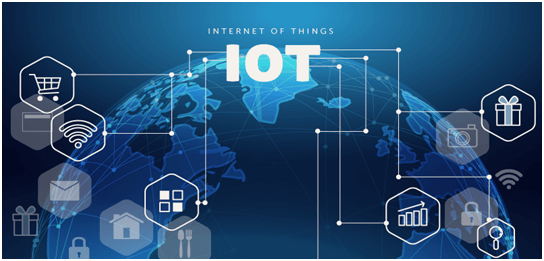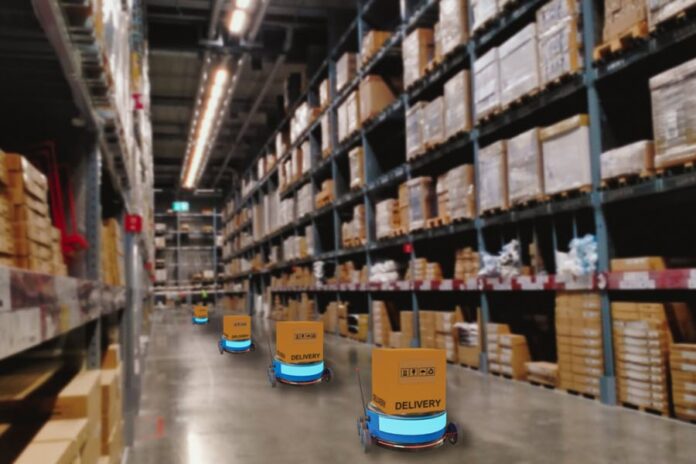Smart Inventory is the strategic control of stock from procurement to fulfilment, with the objective of maintaining optimal inventory levels to meet the demand. They provide insights collected through data and smart technology to automate the movement of inventory and eliminate inefficiencies. It supports to regulate costs and fuels growth using data and software to assist us in fulfilling increasing customer demand with the minimum amount of inventory.
Data gives us greater visibility allowing us to forecast demand, improve efficiencies and make better decisions leading to faster inventory turnover and higher profit margins, whereas automated technology connects the inventory across multiple sales channels, allowing the company to maximize sales.
This article shows the different digital technologies that can be used to realise a smart inventory to enable optimization and replenishment of inventory levels, optimum planning of inventory and constant inventory visibility. Having a smart inventory can therefore reduce the negative impact of supply disruptions, such as the case with the Covid-19 pandemic.
Internet of Things (IoT) Technology
With IoT all supplies and materials are connected and can be monitored remotely, giving the company more transparency and visibility of where the inventory is located, the quantity available, where the inventory is needed, etc. Sales trends can be better detected, which will lead to more precise projections for optimal replenishment planning, lower costs, increased customer fulfillment rates and more quickly identifying the supply chain bottlenecks.

IoT is a network of different devices, vehicles, etc. outfitted with RFID tags, sensors, software, network connectivity and computational ability that gather and exchange information over the Internet. It permits devices to be connected and remotely monitored or controlled. IoT gives the opportunity to generate operational efficiencies in areas such as: inventory management, forecasting, asset tracking and productivity while also helping decision-making through the supply chain.
For example, companies can track goods over the entire lifecycle with RFID and GPS sensors. RFID systems include three main components: RFID tags, RFID antennas and RFID readers.The role of IoT in inventory management consists of turning the data fetched by RFID readers into meaningful insights about inventory items’ location, statuses, movements, etc. and giving users a corresponding output.
The full content is only visible to SIPMM members
Already a member? Please Login to continue reading.

